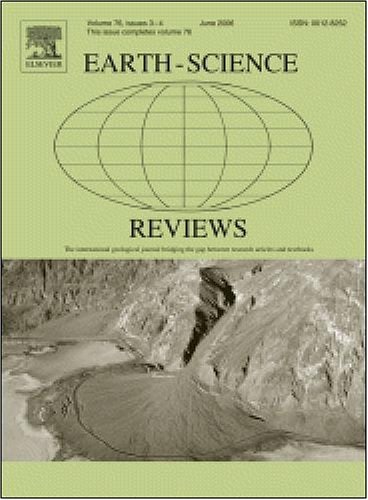An equable subtropical climate throughout China in the Miocene based on palaeofloral evidence
Abstract
Many studies have suggested that the climate diversified in China during the Miocene, with the emergence of an arid region in north-western China, as the Asian Monsoon intensified with the rapid uplift of the Tibetan Plateau in the late Miocene. However, this opinion is not upheld by all geoscientists. Here Miocene fossil plant assemblages from 75 broadly scattered sites across China were investigated with the Co-existence Approach (CA) to exhibit trends in temperature and precipitation in time and space. Modern distributions and recorded climate data from China regarding the nearest living relatives of the fossil plant taxa were employed to pin-point the climatic parameters in which a maximum number of taxa could coexist. Evolution and climatic trends are presented in maps of China from the early, middle to late Miocene. These maps illustrate that the ranges of the temperature and precipitation in the Miocene were similar to or just a little larger than those in the Eocene but much smaller than those of the present. The whole of China still had low latitudinal climate gradients and was characterized by a subtropical climate without any arid region. The changing contours of temperature and precipitation may be ascribed to the initial stage of the Asian Monsoon. There was no abrupt elevation of the Tibetan Plateau, nor had the Plateau attained its present altitude or orography in the Miocene.

 求助内容:
求助内容: 应助结果提醒方式:
应助结果提醒方式:


